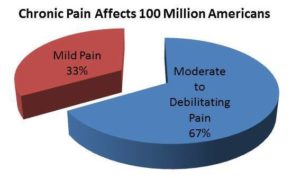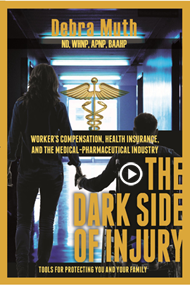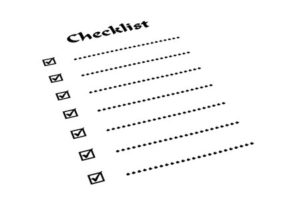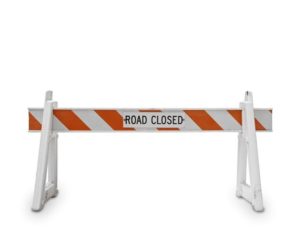Organ Donation Is Gift of Life
Donating your loved one’s organs after death is a precious gift of life. In giving to others, you cherish and honor your loved one. It’s a way to remember your loved one time and time again. Yet, not all organ donation organizations are non-profit. Something that should be so easy requires careful research before making a decision.
A single donated body can provide tissue, tendons, ligaments, and corneas that yield between $140,000 and $220,000. While some tissue banks are non-profit, others are profit operations. Selling cadaver body parts has become so profitable that many people are imprisoned for body snatching.
Upon my father’s death, we donated his organs. It was a source of comfort and humor as we remembered him after his passing. Yet, it added a great deal of anxiety when I discovered that some donation organizations use this as a profitable business model. You can read more about my journey in my book, The Dark Side of Injury.
Here are some frequently asked questions about tissue and organ donation.
- Who Can Donate? People of all different ages are able to donate, so don’t discount donation due to age. Either you as a family member or your loved one may decide to be an organ/tissue donor. One of the important things in your decision is to make sure that the donation is given to a reputable organization.
- How are organs/tissues managed? Typically, organs and tissues are matched to recipients who are prioritized on a waiting list. Matching may include blood type, need, age, weight as well as other medical criteria.
- Which organs/tissues can be donated? Heart, kidneys, lungs, tendons, liver, corneas, bone marrow and more can be potentially transplanted. As an organ donor, you can specify all or certain organs to donate. The donor’s medical condition at the time of death may influence which organs are eligible to be donated.
One organ donor can save eight lives and change the lives of more than fifty people. It truly can be the Gift of Life.
Research nonprofit donation organizations before taking action. Or, find out more about my experience in The Dark Side of Injury.




